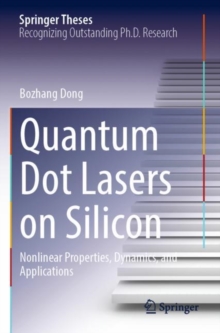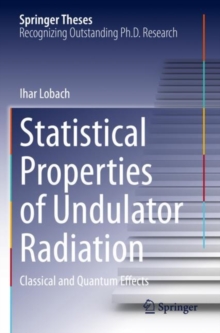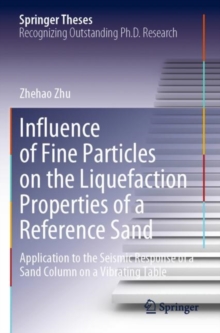
Extensions to the No-Core Shell Model : Importance-Truncation, Regulators and Reactions PDF
by Michael Karl Gerhard Kruse
Part of the Springer Theses series
Description
Extensions to the No-Core Shell Model presents three extensions to the No-Core Shell Model (NCSM) that allow for calculations of heavier nuclei, specifically for the p-shell nuclei. The Importance-Truncated NCSM (IT-NCSM) formulated on arguments of multi-configurational perturbation theory selects a small set of basis states from the initially large basis space in which the Hamiltonian is diagonalized. Previous IT-NCSM calculations have proven reliable, however, there has been no thorough investigation of the inherent error in the truncated IT-NCSM calculations.
This thesis provides a detailed study of IT-NCSM calculations and compares them to full NCSM calculations to judge the accuracy of IT-NCSM in heavier nuclei. When IT-NCSM calculations are performed, one often needs to extrapolate the ground-state energy from the finite basis (or model) spaces to the full NCSM model space. In this thesis a careful investigation of the extrapolation procedures was performed. On a related note, extrapolations in the NCSM are commonplace, but up to recently did not have the ultraviolet (UV) or infrared (IR) physics under control. This work additionally presents a method that maps the NCSM parameters into an effective-field theory inspired framework, in which the UV and IR physics are treated appropriately. The NCSM is well-suited to describe bound-state properties of nuclei, but is not well-adapted to describe loosely bound systems, such as the exotic nuclei near the neutron drip line. With the inclusion of the Resonating Group Method (RGM), the NCSM / RGM can provide a first-principles description of exotic nuclei and the first extension of the NCSM.
Information
-
Download - Immediately Available
- Format:PDF
- Publisher:Springer International Publishing
- Publication Date:05/09/2013
- Category:
- ISBN:9783319013930
Other Formats
- Hardback from £95.55
- Paperback / softback from £61.89
Information
-
Download - Immediately Available
- Format:PDF
- Publisher:Springer International Publishing
- Publication Date:05/09/2013
- Category:
- ISBN:9783319013930










